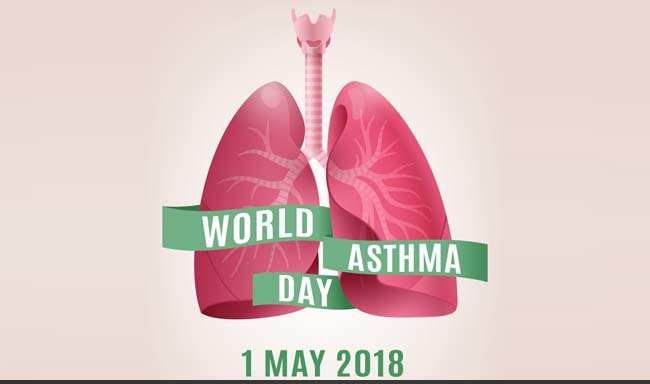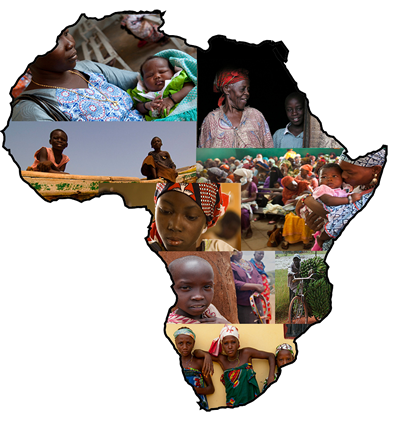World Malaria Day 2018: Ready to beat malaria
World Malaria Day – 25 April 2018
WHO joins partner organizations in promoting this year’s World Malaria Day theme, “Ready to beat malaria”? This theme underscores the collective energy and commitment of the global malaria community in uniting around the common goal of a world free of malaria.
Ready to beat malaria
Urgent action is required to get the global fight against malaria back on track. That’s why WHO is calling for greater investment and expanded coverage of proven tools that prevent, diagnose and treat malaria.
- The global response to malaria is at a crossroads. After an unprecedented period of success in malaria control, progress has stalled.
- The current pace is insufficient to achieve the 2020 milestones of the WHO Global Technical Strategy for Malaria 2016-2030– specifically, targets calling for a 40% reduction in malaria case incidence and death rates.
- Countries with ongoing transmission are increasingly falling into one of 2 categories: those moving towards elimination and those with a high burden of the disease that have reported significant increases in malaria cases.
Malaria by numbers: global and regional malaria burden
Estimated malaria burden by WHO region in 2016
| WHO Region | Malaria cases | Malaria deaths |
| African | 194 million | 407 000 |
| Americas | 875 000 | 650 |
| Eastern Mediterranean | 4.3 million | 8200 |
| South-East Asia | 14.6 million | 27 000 |
| Western Pacific | 1.6 million | 3300 |
| World | 216 million | 445 000 |
Renewed focus in Africa needed
The African Region continues to bear 90% of malaria cases and 91% of malaria deaths worldwide. Nigeria, the continent’s most populous country, accounted for 27% of malaria cases and 24% of malaria deaths globally in 2016. Supporting the most heavily-affected African countries will be critical to get the global malaria response back on track, as stressed by WHO Director-General Dr Tedros Adhanom Ghebreyesus in last year’s World malaria report. Over the coming months, WHO will provide intensified support for countries that carry the highest burden of malaria.
Prospects for new interventions
Boosting investments in the development and deployment of a new generation of malaria tools is key to achieving the 2030 global malaria targets. For vector control, new interventions that target outdoor-biting mosquitoes are being explored. New chemical formulations to mitigate the threat of insecticide resistance are under development, as are new strategies to improve the delivery of treated nets and indoor spraying.
Malaria vaccine RTS,S
Later this year, the world’s first malaria vaccine will be rolled out in selected areas of Ghana, Kenya and Malawi. The RTS,S vaccine is the only vaccine, to date, to show partial protection against malaria among young children in large-scale clinical trials. This country-led program will deliver the answers needed on a potential new tool that could be added to the existing WHO-recommended package of anti-malaria measures.
WHO at 70: 7 decades in the global malaria fight
This year’s World Malaria Day coincides with the start of a year-long series of activities to commemorate the 70th anniversary of WHO. The Global Malaria Program will mark this special occasion with the publication of a series of malaria-focused interviews with leaders and advocates in the global response to malaria. The interviews will be published on 25 April on the WHO website.
REFERENCE: WHO 2018
World Pneumonia Day 2018
November 12, 2018 in the World
World Pneumonia Day takes place on November 12, 2018. World Pneumonia Day provides an annual forum for the world to stand together and demand action in the fight against pneumonia. Pneumonia is a preventable and treatable disease that sickens 155 million children under 5 and kills 1.6 million each year.
This makes pneumonia the number 1 killer of children under 5, claiming more young lives than AIDS, malaria, and measles combined. Yet most people are unaware of pneumonia’s overwhelming death toll. Because of this pneumonia has been overshadowed as a priority on the global health agenda, and rarely receives coverage in the news media. World Pneumonia Day helps to bring this health crisis to the public’s attention and encourages policy makers and grassroots organizers alike to combat the disease.
In spite of the massive death toll of this disease, affordable treatment and prevention options exist. There are effective vaccines against the two most common causes of deadly pneumonia, Haemophilus influenza type B and Streptococcus pneumonia. A course of antibiotics which costs less than $1(US) is capable of curing the disease if it is started early enough. The Global Action Plan for the Prevention and Control of Pneumonia (GAPP) released by the WHO and UNICEF on World Pneumonia Day, 2009, finds that 1 million children’s lives could be saved every year if prevention and treatment interventions for pneumonia were widely introduced in the world’s poorest countries.
SOURCE: www.cute-calendar.com
World Asthma Day 2018
THEME: “Never too early, never too late. It’s always the right time to address airways disease”.
World Asthma Day 2018: The aim is to reduce asthma death rates across the world
HIGHLIGHTS
- World Asthma Day aims at improving health care services for asthma
- It is important to identify accurate treatment for asthma patients
- The theme for World Asthma Day is decided by GINA every year
World Asthma Day 2018 has “Never too early, never too late. It’s always the right time to address airways disease” as its theme. Every year, May 1 is celebrated as World Asthma Day across the world. Organized by Global Initiative for Asthma (GINA), this year marks the 20th annual World Asthma Day in collaboration with the World Health Organization (WHO). The WHO states that a total of 235 million people are suffering from asthma.
Asthma is a condition which causes breathlessness, wheezing, coughing and chest tightness. As a health condition, asthma cannot be cured but can be controlled by bringing in a few lifestyle changes. It was in 1998 that the first World Asthma Day was celebrated. Over the years, the day has proved to be one of the most important asthma events globally. As part of World Asthma Day, campaigns, talks and discussions are organized to raise awareness about asthma and the risk factors related to it. Asthma is known to be one of the most chronic health conditions among children. All countries have asthma, irrespective of the level of development in that country. However, around 80% of asthma deaths occur in low and lower-middle income countries. If it is under-diagnosed or under-treated, it can create a huge burden on the individuals and families. A person suffering from asthma can face restrictions for lifetime. It can make adults miss work and children miss school. The life-threatening and sometimes dangerous episodes of asthmatic attacks can reduce quality of life of asthma patients.
World Asthma Day 2018 is meant to raise awareness about asthma and asthma control. People with asthma can prevent asthma attacks by avoiding common triggers of asthma like smoke of tobacco, outdoor pollution, cold and flu. Episodes of asthma can also be prevented by using inhalers with corticosteroids and other long-term controlled medicines regularly, in the right dosages.
World Asthma Day 2018 theme
The theme of World Asthma Day 2018 is “Never too early, never too late. It’s always the right time to address airways disease.” The theme calls out to both patients and healthcare providers to consider and evaluate symptoms, irrespective of the time when they occur. The idea is to ensure that asthma is controlled and prevented in all possible ways.
The theme is decided by GINA every year. It also takes the responsibility of distributing materials and resources to organizers in order to organize programs and events for raising awareness about asthma. As part of this, various doctors, members of health care organizations and educators come together to inform and educate people about asthma and how to reduce the burden of disease in the country. Controlling incidence of asthma has become a necessary responsibility of medical professionals as well asthma patients.
SOURCE: NDTV


